What is sustainable fashion?
This is really a loaded question that is quite multifaceted. So what is sustainability and how does it relate to sustainable fashion? In this article we will go through what sustainability is and what is included in the term “sustainable fashion”. We will touch on various areas that if a brand is truly sustainable – should incorporate into their business practices and strategies.
Sustainability
Firstly, before we define sustainable fashion, you must consider and understand the term “sustainability”. Basically, the term “sustainability” in a nut shell means, utilizing what you require to survive (meeting the needs of the present) without compromising the ability of future generations to meet their needs. Having a sustainable planet would mean keeping everything in an ecological balance and being considerate to future generations and the planet. Sustainability also commonly include to social and ethical systems, promoting the well being of communities and individuals. So now you know what sustainability means, what is sustainable fashion?
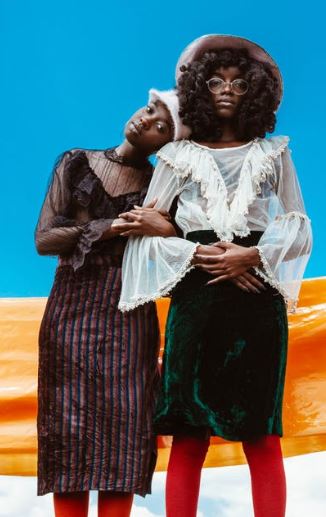
Sustainable Fashion
Now here is the tricky part. Defining “sustainable fashion”. What is sustainable fashion? Sustainable fashion means taking a long term approach to the design, manufacturing and consumption of clothes and accessories. It is about fashion that creates positive impacts that avoids harm to people, animals and the environment. Sustainable fashion is often thought about garments that stand the test of time/timeless garment pieces, use of eco/sustainable fabrics, minimal environmental damage and utilizing ethical work practices. Sustainable fashion concerns more than fashion textiles, it comprises addressing the whole system of fashion. It means considering fashion from the perspective of many stakeholders including users and producers, all living species, current and future dwellers on earth.

When discussing sustainable fashion one must consider all the stakeholders involved, supply chains, production all the way to the consumer and the products final life. Typical areas that should be included in sustainable fashion brands sustainability strategy should include: Governance, Environmental Issues, Social/Ethical Issues, Transparency and Circularity. All of these areas have multiple requirements that must be met to be truly sustainable.
Holistic Approach to Sustainability
However if a brand is truly sustainable, sustainability must be embedded into every decision that the company makes. So how do you embed sustainability into your business strategies? Having a holistic approach to sustainability and the business strategies of the company is essential. Prior to each decision being made, you must ask this question – “Is this the most sustainable route to go?” Even if you cannot afford to do everything at once, the brand should have a plan on how to get there.

Areas that should be included in a sustainable fashion brands sustainability strategy should include: Governance, Environmental Issues, Social/Ethical Issues, Transparency and Circularity. Initiatives, targets and goals should be set for all areas. Setting goals really helps with getting to where you need to go. Having goals and targets and initiatives are essential for creating a sustainable fashion brand.
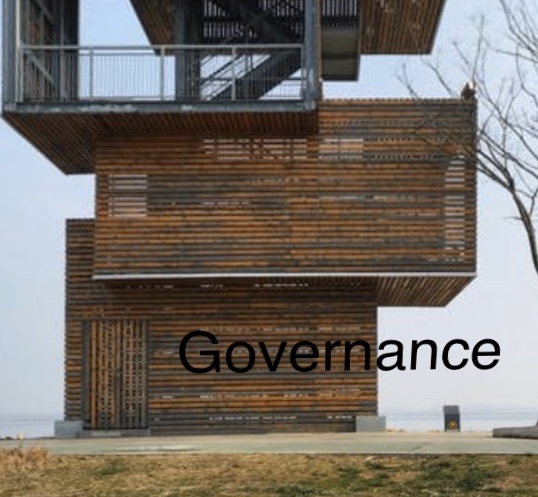
With regards to Governance, an example may include ensuring your staff and executive level personnel understand what sustainability means to the company and ensuring your Board of Directors come from diverse backgrounds.
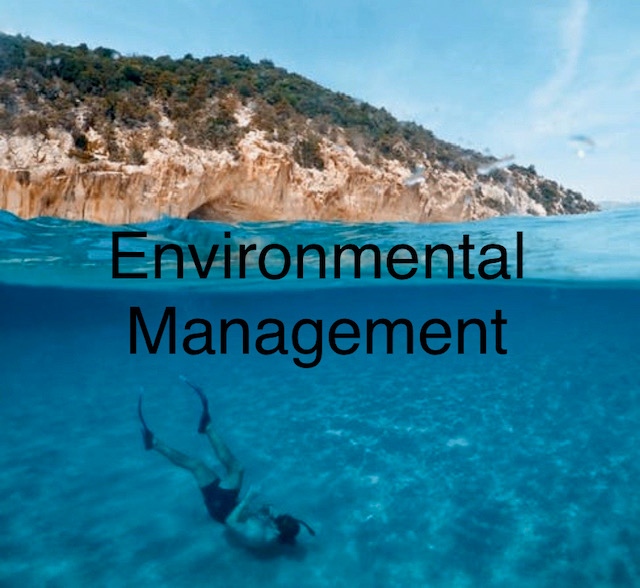
When it comes to Environment, an example might be looking at reducing the use of resources (water & energy) or choosing a fiber for your garment that utilizes minimal water to produce. When it comes to the social/ethical issues, it is critical to have a Vendor Code of Conduct (VCC). The VCC lays out the basic rules that you expect your factories and supplier to abide by (for example no child labor, no discrimination, fair wages etc.).

Transparency is also essential these days when it comes to sustainable fashion. Stakeholders and customers want to see and understand where their garments are made. They want to see evidence that no harm has come to the environment and people. In this area, auditing of factories becomes an essential activity that must take place. Social and environmental audits are also extremely important. So to become a sustainable fashion brand, you must become transparent.

If you want to become a sustainable fashion brand, you must know what is really going on and not just pay your customers a watered down version. Audits should be conducted by 3rd parties and off-site worker interviews should occur. Audit reports should be published and time bound corrective action plans created. Strategies on freedom of association need to be created, which should include assessing factories to see if they put up barrier to workers forming and joining a union.
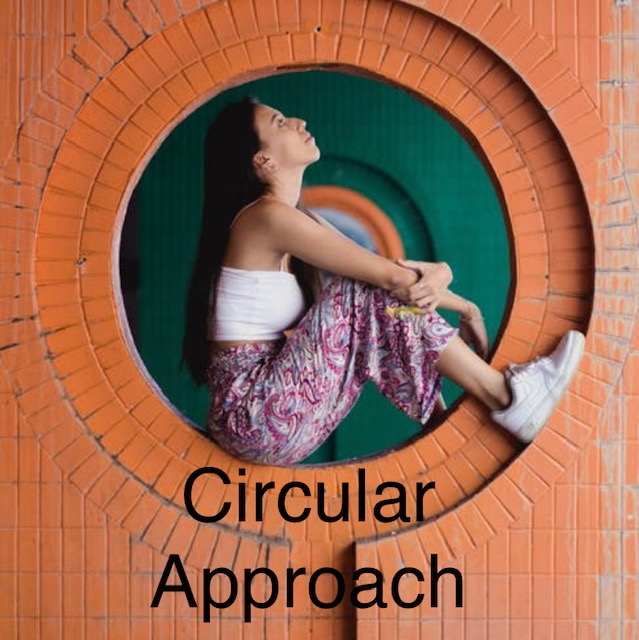
Being circular in design is essential to future design of clothing. Prior to something being made, consideration needs to be given to the next life and/or end life of the product. Included in this might be recycling opportunities and take-back programs. There are many more requirements for each of the areas mentioned above, however these are just a few. Here is a link to learn a little bit more about Circular Fashion.
I know this is a lot to take in, however two major areas where you can make a difference to your carbon footprint right away are 1) Choice of fabric (choosing low impact fabrics) and 2) Waste Reduction through your supply chain (assessing your waste production and trying to minimize it). Everything else is extremely important as well, however these two are two of the easiest to start with.
Ethical Fashion
Ethical fashion is part and parcel and a subset of sustainable fashion. Being ethical is part of being sustainable. The lives of the workers behind the scenes making these clothes need to be valued.
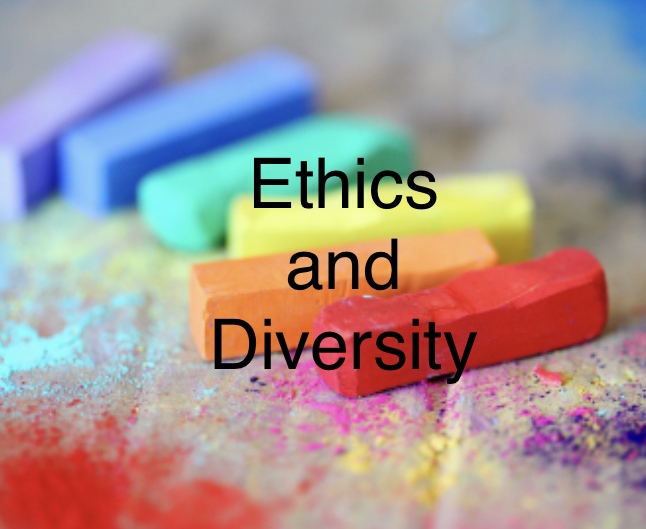
Communication is key to understanding what the issues that workers may have. Workers need to be payed fair wages, they cannot be victims of slavery, harassment, child abuse, discrimination, racism etc. The workers also need to have safe and healthy working conditions. The wonderful workers of a company, whether they are in a big stuffy corporate office or half way across the world in a factory, are all important and all make-up stakeholders of the company. Their opinions matter.
Certifications
There are so many different certifications out there that brands can get for their companies, for their fabrics, for the factories they utilize and for their products they produce. Here is just a few.
Certifications
| B Corporation | Better Cotton Initiative (BCI) |
| Oeko-tex (tests harmful substance in textiles) | Fair Trade Certified |
| Global Organic Textile Standards (GOTS) | Sustainable Apparel Coalition – Higg Index |
| Circulytics | Fair Wear Foundation |
| Blue Sign | Cradle 2 Cradle |
| Global Recycle Standard | Zque |
| Social Accountability Accreditation Service (SAAS) | SCS Certifications |
| USDA Organic Certified | World Fair Trade Organization (WFTO) |
| Two Organic Standard Certifications | Ethical Trading Initiative (ETI) |
| Source Map (supply chain transparency) | Cotton Made In Africa |
| ISO Standards (multiple) | Responsible Down Standard |
| Responsible Wool Standard | People for the Ethical Treatment of Animals (PETA) |
| Fashion Revolution | EcoCert |
| Sustainable Apparel Coalition | Eco Label Index (this is a list of many) |
| Outdoor Industry Association | Textile Exchange |
| Made By | OE-100 |
Diversity, Equity and Inclusion
Now let’s talk about diversity and the hiring processes. Processes and procedures must be in place to ensure the hiring processes are fair, unbiased, inclusive and just. According to Ideal.com, diversity hiring is hiring based on merit with special care taken to ensure procedures are free from biases related to a candidate’s age, race, gender, religion, sexual orientation, and other personal characteristics that are unrelated to their job performance. There are many ways in which these processes and procedures can be created, including such things as blind hiring to not include names, addresses, schools etc. It is also essential to conduct a diversity hiring audit on your current hiring process to access where improvements need to be made. If you are not sure where to start, consult a third-party diversity, equity and inclusion consultancy. For example, Allbirds, is mandating for their employees, “unconscious bias training” and company-wide sessions to discuss ally-ship. In addition, they will be providing a stipend for educational anti-racism resources as well as paid volunteer time, which can include protests or peaceful demonstrations. Diversity has also been proven to be good for business, with a recent McKinsey study finding that gender-diverse companies are 15 percent more likely to outperform their competitors, with ethnically-diverse companies 35 percent more likely to do better.
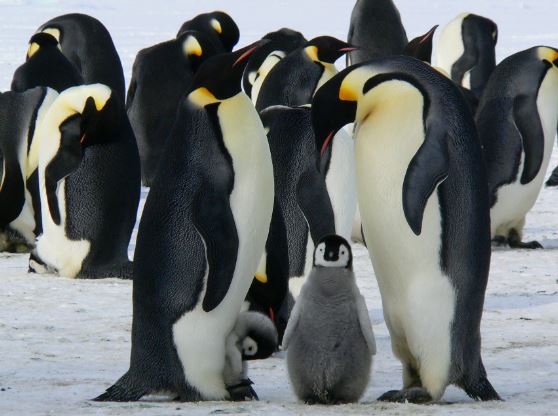
Board Composition
When it comes to Board Composition and diversity consider the following. Diverse backgrounds and experiences on corporate boards, including those of directors who represent the broad range of society, strengthen board performance and promote the creation of long term shareholder value. Boards need to develop a framework for identifying appropriately diverse candidates that allows the nominating governance committee to consider woman, minorities and others with diverse backgrounds as candidates for each open board seat. The composition of a board should reflect a diversity of thought, backgrounds, skills, experiences and expertise.
Assessments are a great way in which to get a handle on sustainability. They look at all these areas and find out where improvements need to be made. Here is a link to learn more and download a mini-version.
In conclusion, there are many things to consider when you think of sustainable fashion. Not only is it environmental considerations and the social and ethical treatment of people and animals throughout their supply chains, but how the company is governed, transparency of the brand and circular considerations. In addition to this there are various policies that are required to be in place and certifications that can be acquired.
Take A Ways for this Article
So what are the take a ways for this article?
- Areas that should be included in sustainable fashion brands sustainability strategies include: Governance, Environmental Issues, Social/Ethical Issues, Transparency and Circularity. Initiatives, targets and goals should be set for all areas.
- Auditing, both social and environmental is essential.
- Two areas where you can make a difference to your carbon footprint right away are 1) Choice of fabric (choosing low impact fabrics and 2) waste reduction (assessing your waste production and trying to minimize it).
- Ethical fashion is part of being sustainable and part of sustainable fashion
- Workers need to be payed fair wages, they cannot be victims of slavery, harassment, child abuse, racism etc. The workers also need to have safe and healthy working conditions.
- Processes and procedures must be in place to ensure the hiring processes are fair, unbiased, inclusive and just. According to Ideal.com, diversity hiring is hiring based on merit with special care taken to ensure procedures are free from bias related to a candidate’s age, race, gender, religion, sexual orientation, and other personal characteristics that are unrelated to their job performance.
- Diversity has also been proven to be good for business, with a recent McKinsey study finding that gender-diverse companies are 15 percent more likely to outperform their competitors, with ethnically-diverse companies 35 percent more likely to do better.
- When it comes to Board Composition and diversity, diverse backgrounds and experiences on corporate boards, including those of directors who represent the broad range of society, strengthen board performance and promote the creation of long term shareholder value.
About the author:

Elizabeth Cross is the founder and CEO of Moda Circolare, a sustainable fashion consulting agency. Moda Circolare, helps fashion and apparel brands embed sustainability into their current business strategies. Moda Circolare’s mandate is to help the fashion industry live in harmony with nature and they do this by working with clients conducting sustainability assessments, completing eco-certifications and improving their sustainability mandates.
If you have any questions. please contact us below!
Error: Contact form not found.
